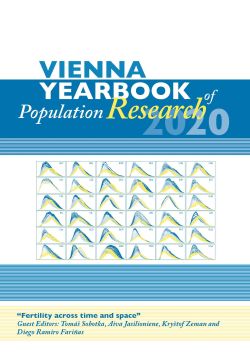
Vienna Yearbook of Population Research 2020, pp. 71-79, 2020/07/22
Fertility across time and space

In this debate I provide my thoughts on the most important factor likely to influence future fertility trends in Japan, drawing on a wide range of available data. My focus on Japan is also relevant to other East Asian societies that have similar cultural backgrounds and fertility trends shaped by similar socioeconomic developments, namely, South Korea, Taiwan and, to some extent, mainland China. My conclusion is that marriage continues to be the most important proximate determinant of future fertility in Japan and, arguably, in other East Asian societies as well. Marriage itself is being affected by the trends in female tertiary education and the concurrent shift toward dual-earner marriage ideology. However, future fertility trends may not conform to a simple extrapolation of current fertility behaviors. For instance, young adults’ dating behaviors and the pathways to marriage are changing, marriage has become less stable, and marital fertility is declining. These changes may also reshape the link between marriage and fertility trends in the future.
Keywords: Cohabitation; Premarital pregnancy; Marital fertility; Marital instability; Gender; Marriage; Fertility; Japan; East Asia